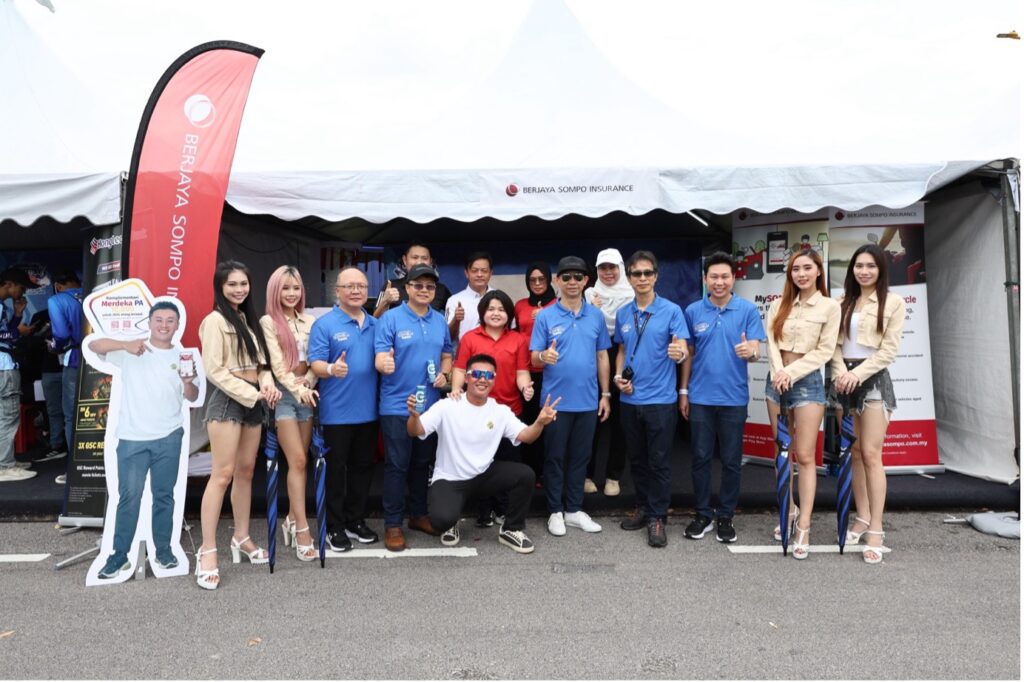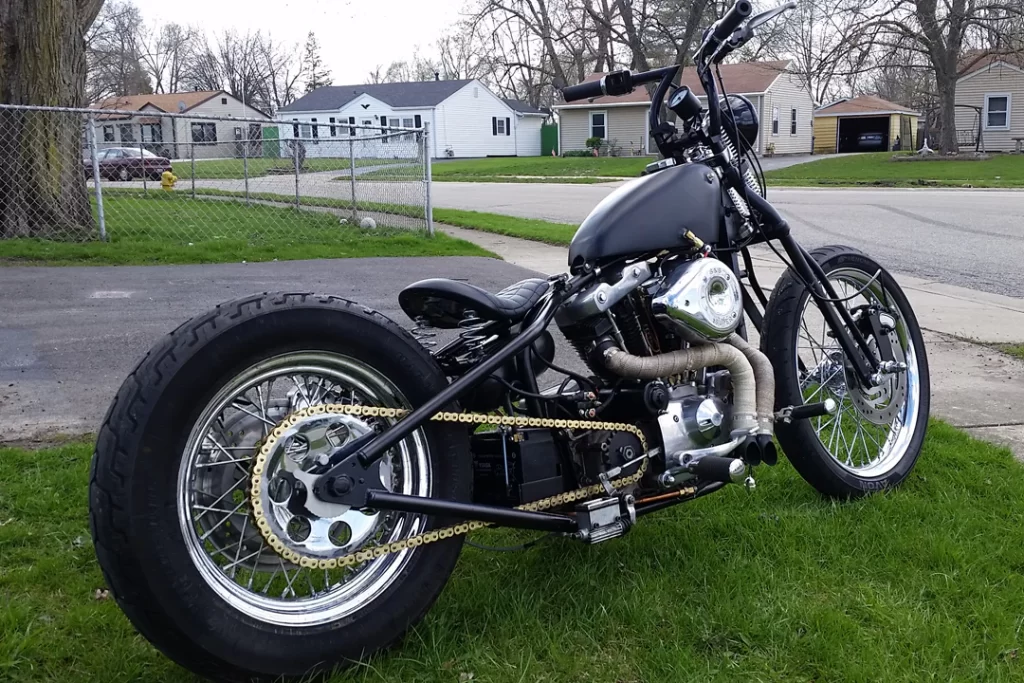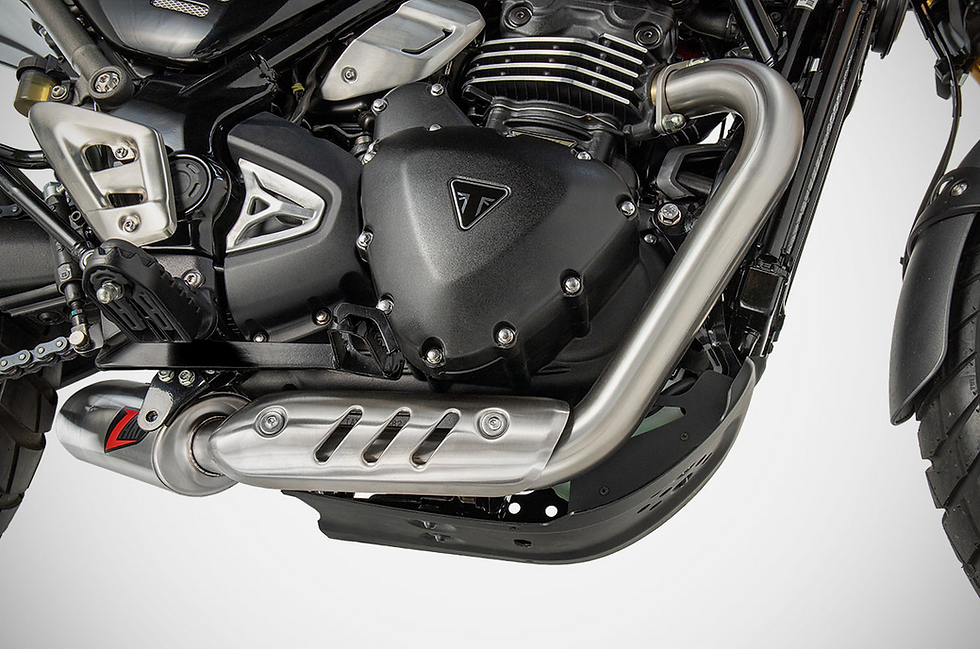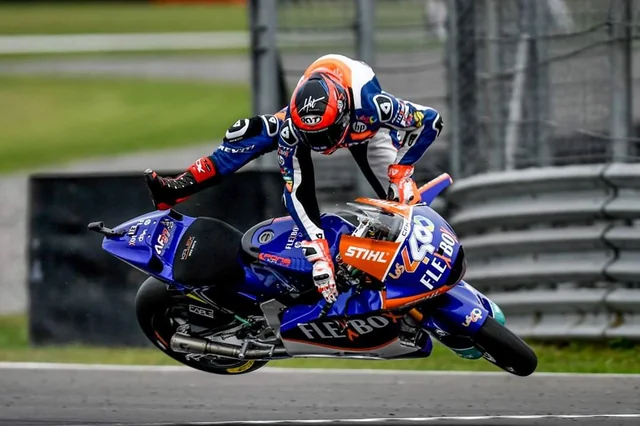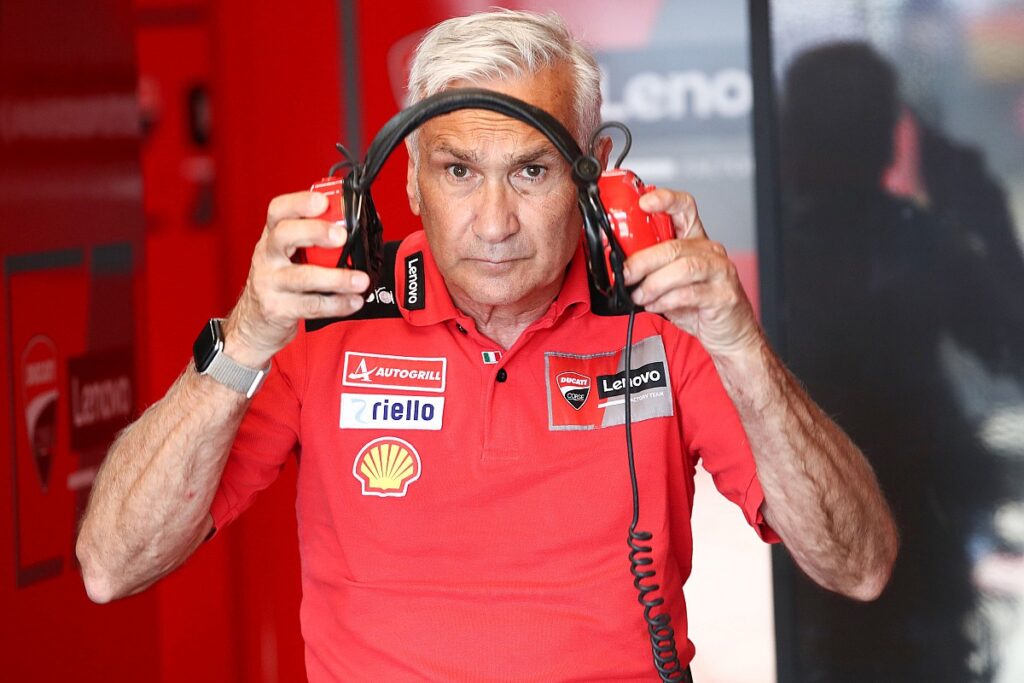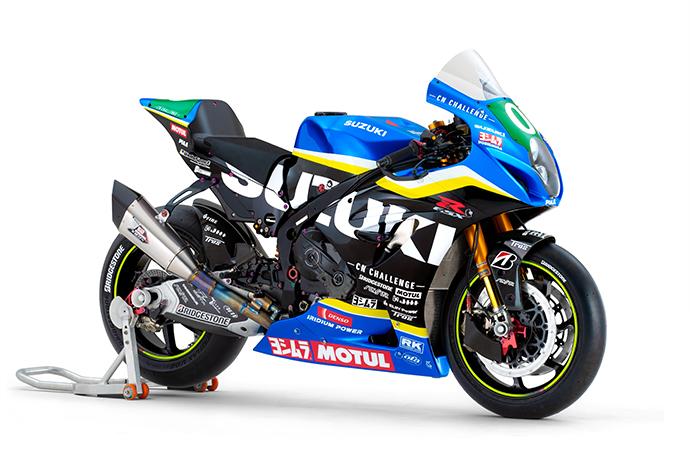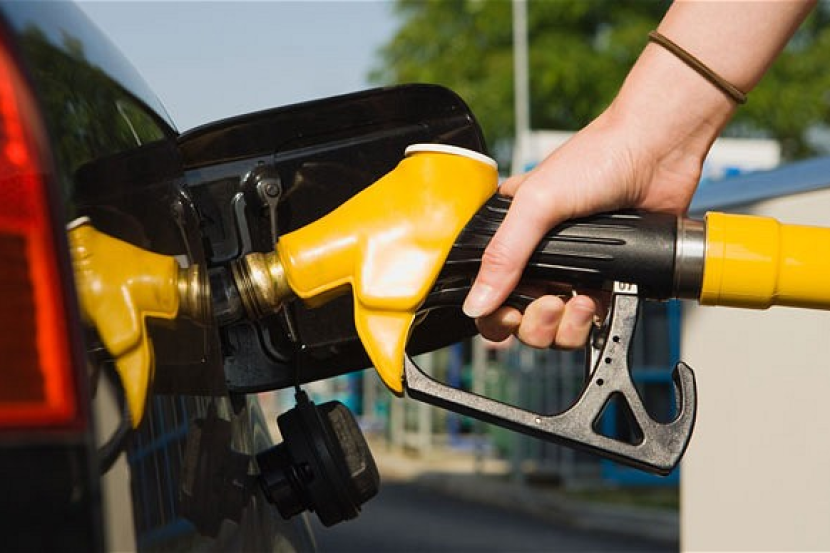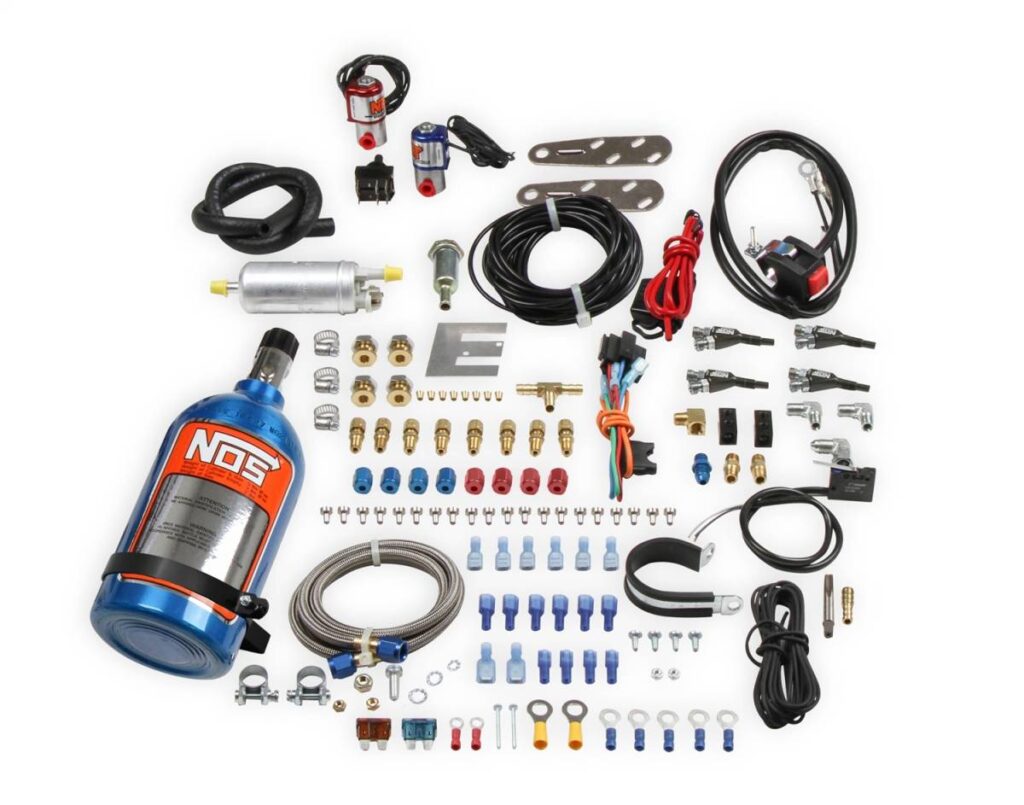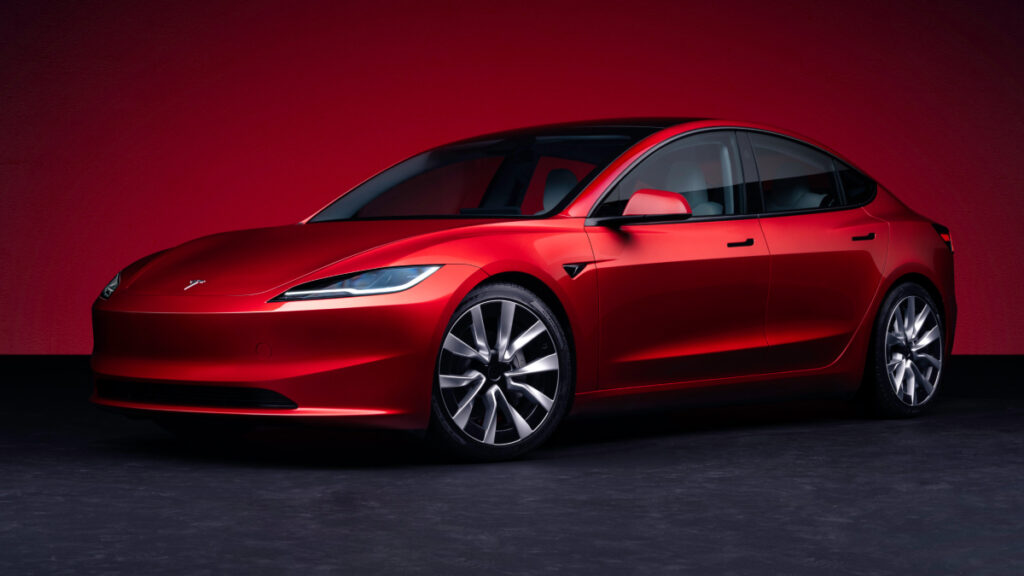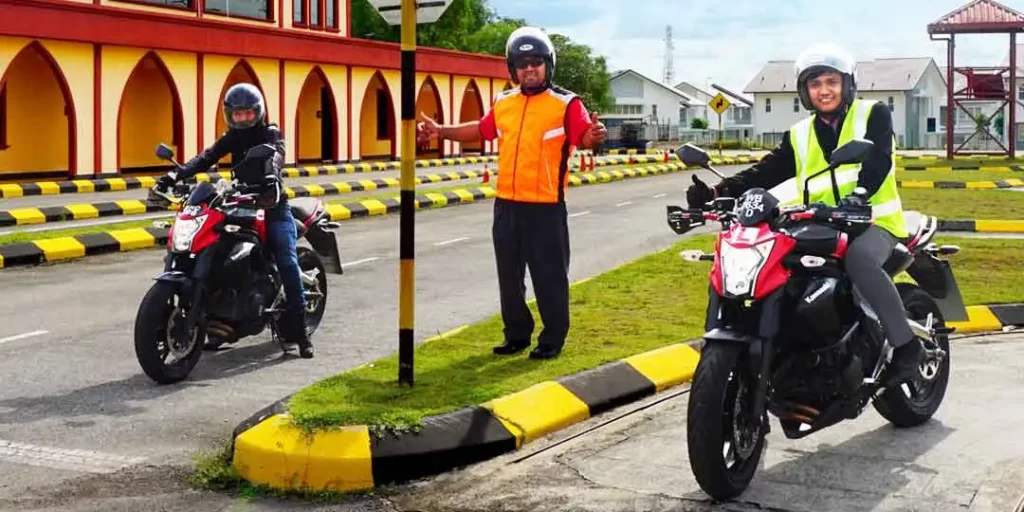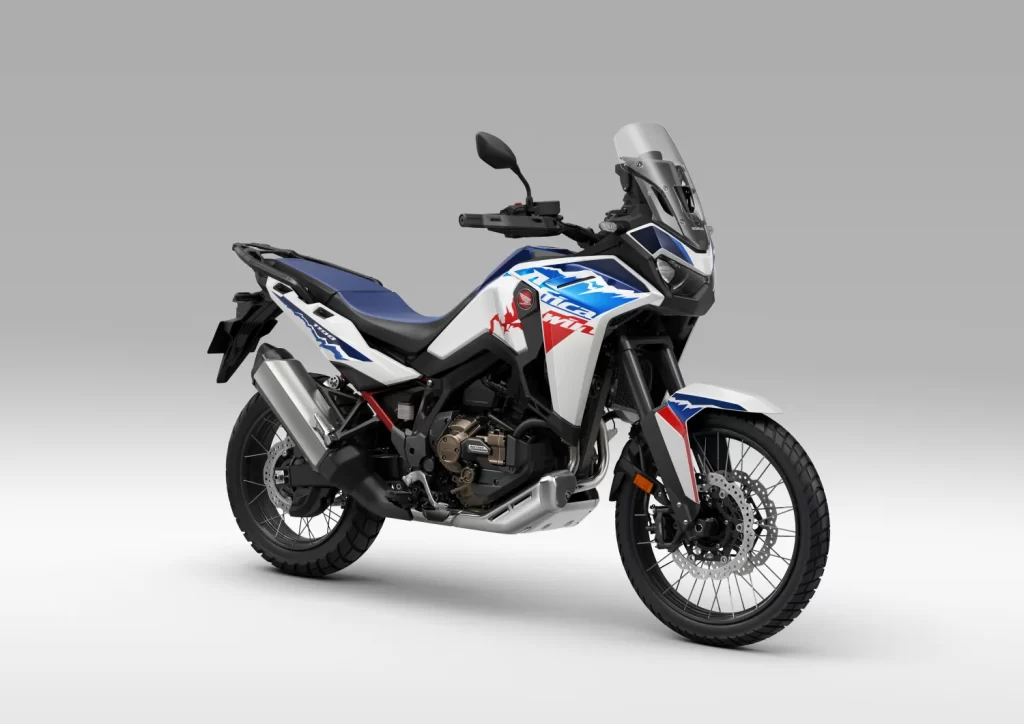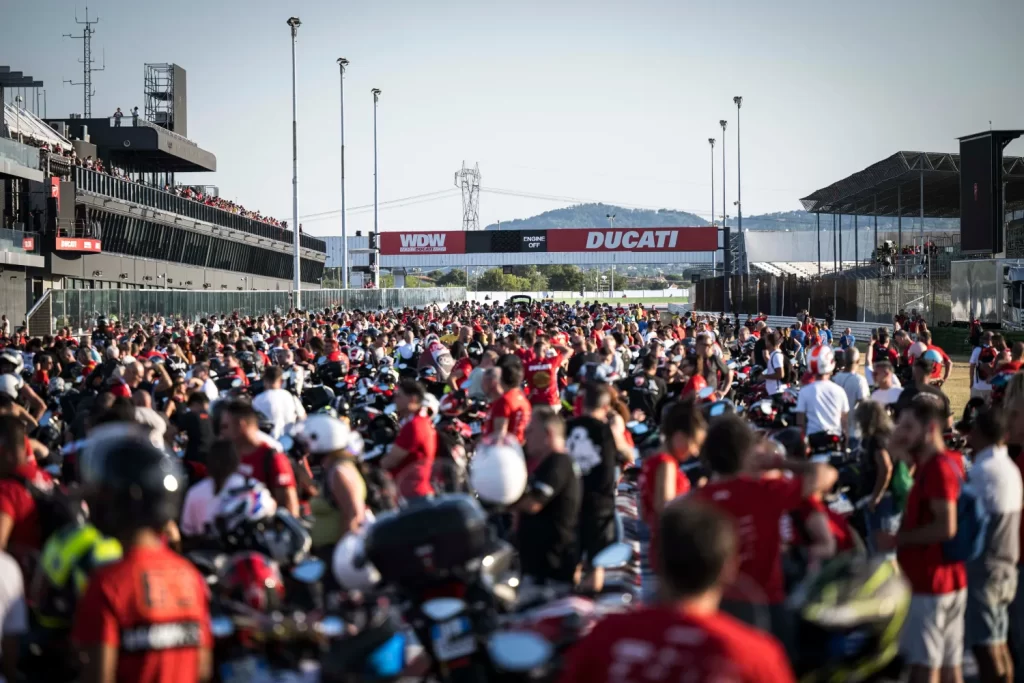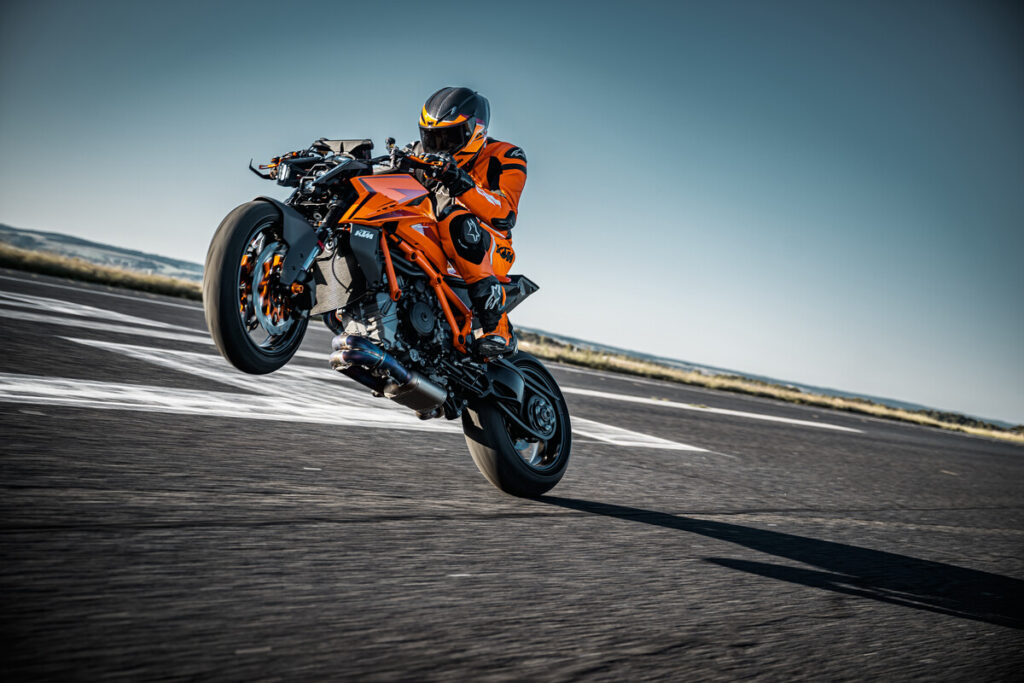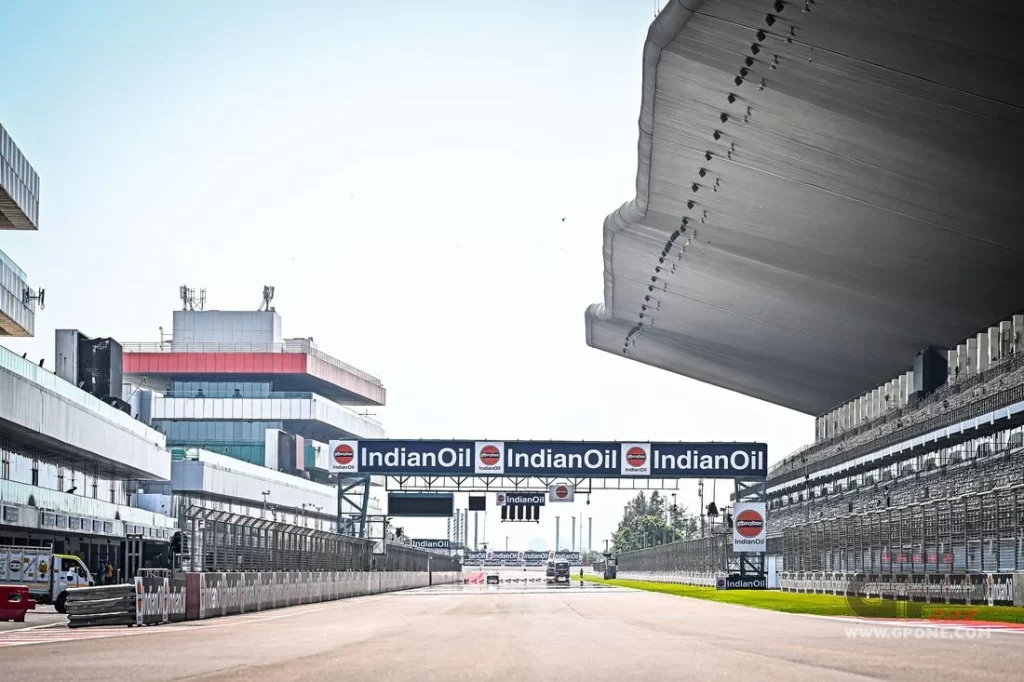Good news for Ducati owners in southern Peninsular Malaysia, as a new Ducati Johor dealership has opened.
Begin press release:
Ducati Malaysia proudly announces the opening of its newest dealership in Johor Bahru, strategically located at No.9 Jalan Permas 9/17, Masai Johor, next to Aeon Permas Jaya, providing prominent visibility from the EDL Highway. This state-of-the-art showroom represents a significant milestone in Ducati’s commitment to expanding its presence in the southern region of Peninsular Malaysia, bringing the passion and performance of Ducati motorcycles closer to enthusiasts and potential clients in Johor and beyond.
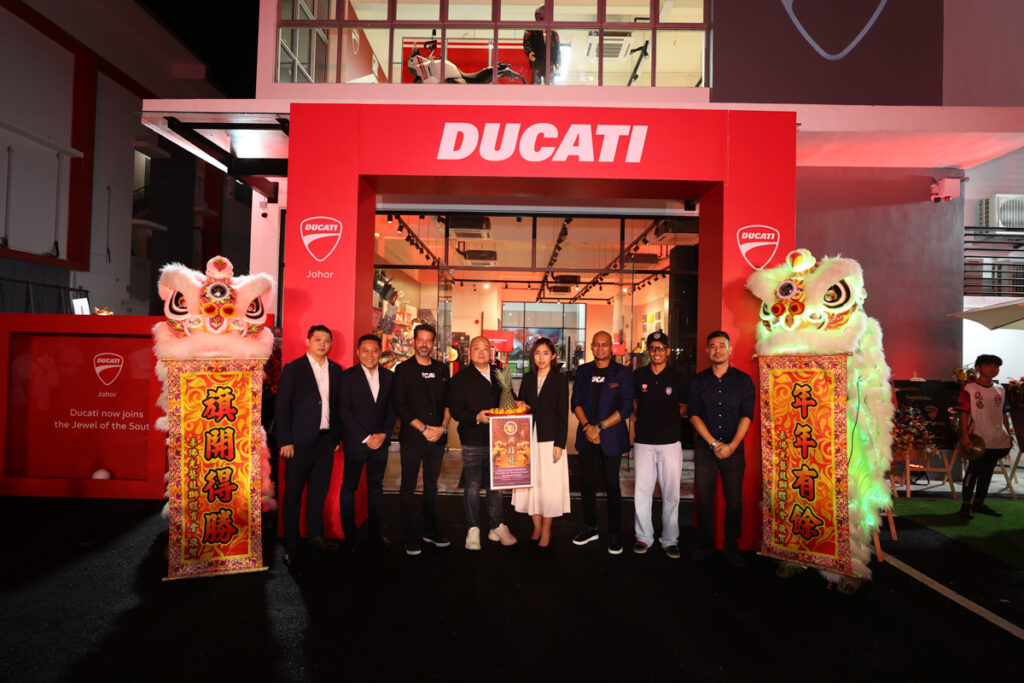
Marco Biondi, Vice President of Sales and Marketing Ducati Asia Pacific, along with homegrown motorsport superstar Hafizh Syahrin, who rides for the JDT Racing Team, were both present for the event.
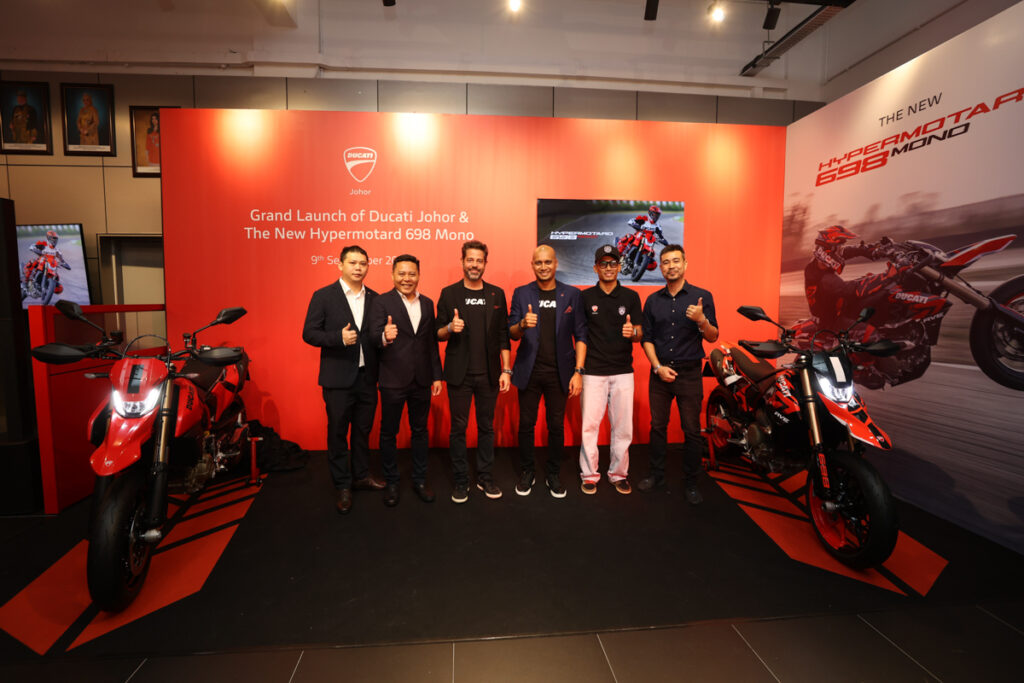
The new dealership, which has seen an investment of RM3.5 million, is designed to offer a premium customer experience, fully embracing Ducati’s latest signature identity. Spanning a total built-up area of over 2,418 square feet, the dealership includes space for a state-of-the art Ducati service centre and experiential areas including an immersive showroom, which can display up to 16 Ducati motorcycles at a time. Additionally, the showroom also includes a dedicated space for Ducati Apparel and Accessories, as well as a separate section for Scrambler Ducati, complete with its own apparel, accessories, and social lounge.

Key Features of the Ducati Johor Dealership:
Service Excellence:
- The service centre, covering 2,135 square feet, is equipped with 4 service bays capable of servicing up to 200 bikes per month.
- The centre is fully equipped with advanced tools, including 2 bike lifters, latest Ducati diagnostic tools, and a comprehensive array of special tools for Ducati models.
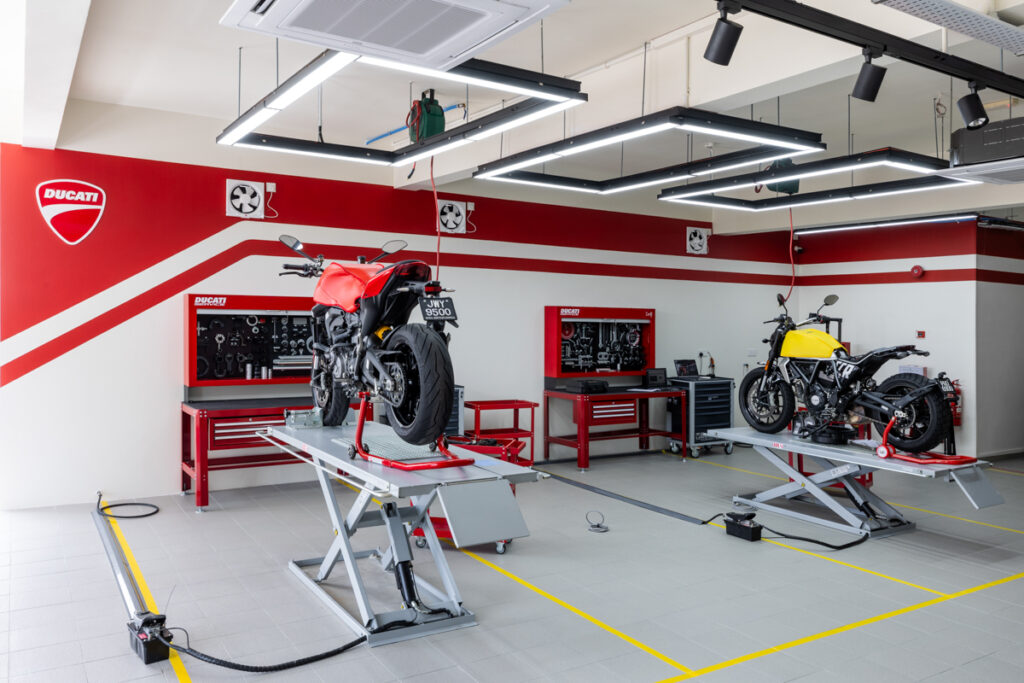
Scrambler Camp:
- A dedicated 194-square-foot area for Scrambler Ducati enthusiasts, featuring a social area, apparel, and accessories, ensuring a unique and immersive experience.
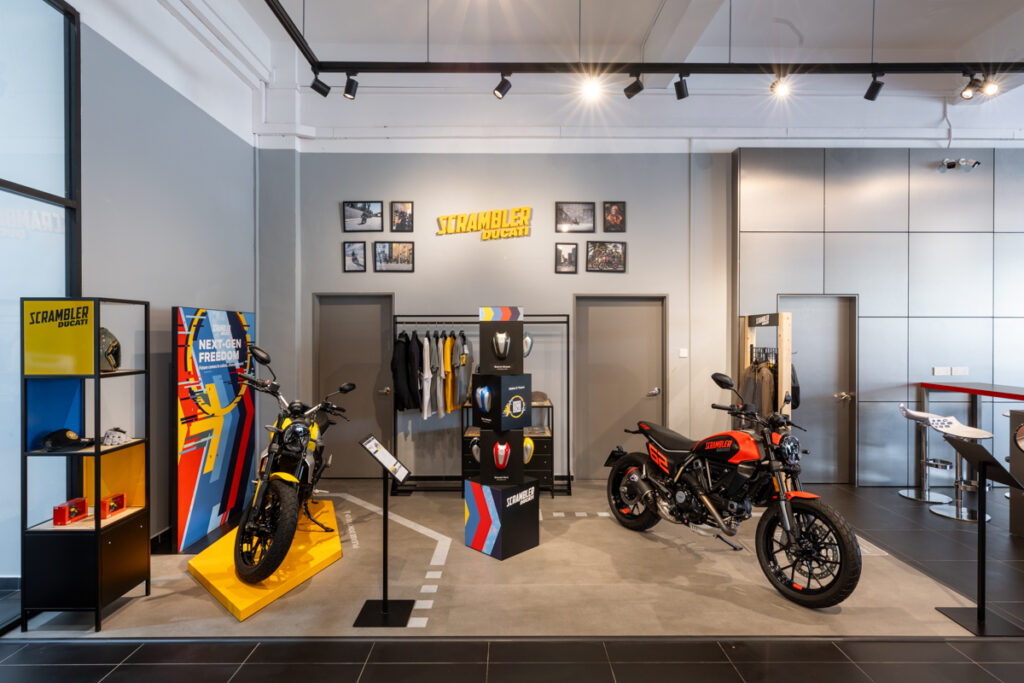
Convenient Operating Hours:
- The dealership is open Monday to Saturday from 10 AM to 7 PM, while only the showroom remains open on Sundays from 10 AM to 3 PM.

Ducati Malaysia has set an ambitious sales target for the new Johor dealership, aiming to achieve 30 units by the end of 2024 and a forecast of 100 units in 2025, driven by the improving market conditions and the high-traffic location of the showroom. Currently, there are over 200 Ducati motorcycles on the roads of Johor, and this new dealership is set to become the go-to destination for Ducati enthusiasts in the region.

Marco Biondi, Vice President of Sales and Marketing Ducati Asia Pacific, expressed his satisfaction with the expansion, stating, “We are proud of the team at Ducati Malaysia for their dedication and success in this endeavor. The opening of our new dealership in Johor Bahru is a significant milestone in our regional strategy. It highlights Ducati’s commitment to strengthening our presence in key markets and delivering exceptional experiences to our clients.”
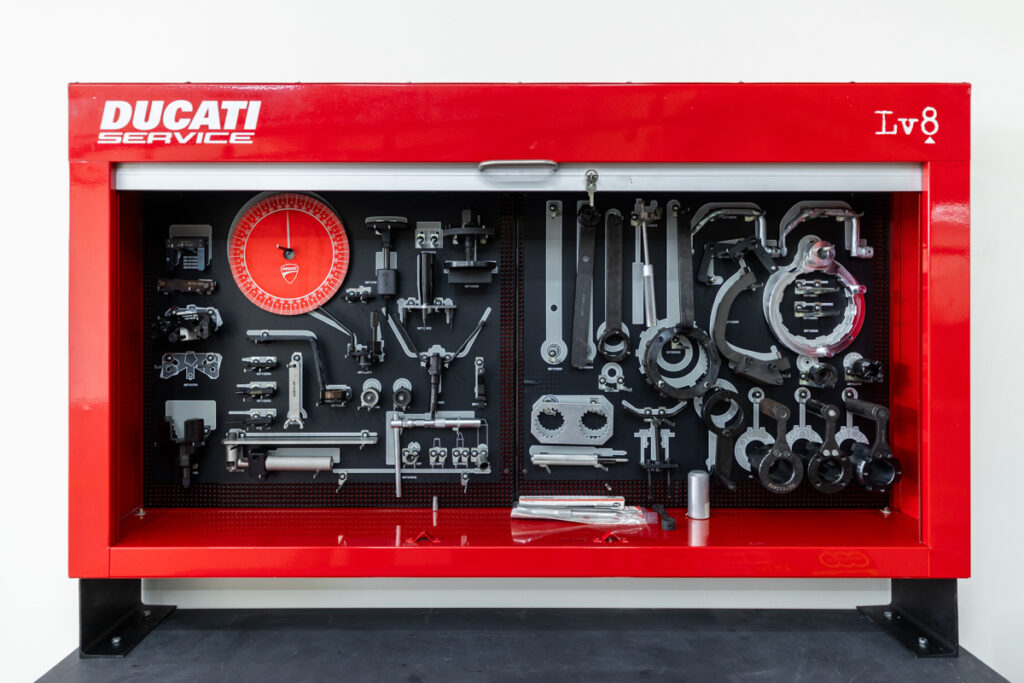
Dennis Michael, Chief Operating Officer Ducati Malaysia, shared his excitement on the launching of Ducati Johor, “We are thrilled to open our new dealership in Johor Bahru, marking another exciting chapter in Ducati Malaysia’s journey. This new location not only represents our commitment to providing world-class sales and aftersales services but also reflects our dedication to bringing the Ducati experience closer to our clients in the southern region. The unveiling of the Ducati Hypermotard 698 Mono and Ducati Hypermotard 698 Mono RVE is a testament to our commitment to offering the latest and most exciting models to our clients. With its prime location and state-of-the-art facilities, we are confident that Ducati Johor will become a hub for both new and existing Ducati owners, offering them an unparalleled experience that truly embodies the essence of our brand. We look forward to serving the Ducati community in Johor and welcoming new members to our growing family.”

In conjunction with the dealership launch, Ducati Malaysia is thrilled to unveil the brand-new Ducati Hypermotard 698 Mono and Ducati Hypermotard 698 Mono RVE. These latest additions to the Ducati lineup are designed to offer an exhilarating riding experience, embodying the spirit of the Hypermotard family with a fresh, innovative twist. Priced at RM70,900.00 and RM77,900.00 respectively, these models are expected to attract a wide range of riders, from enthusiasts to those seeking a unique and dynamic ride.




